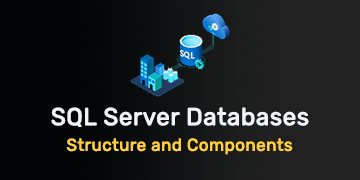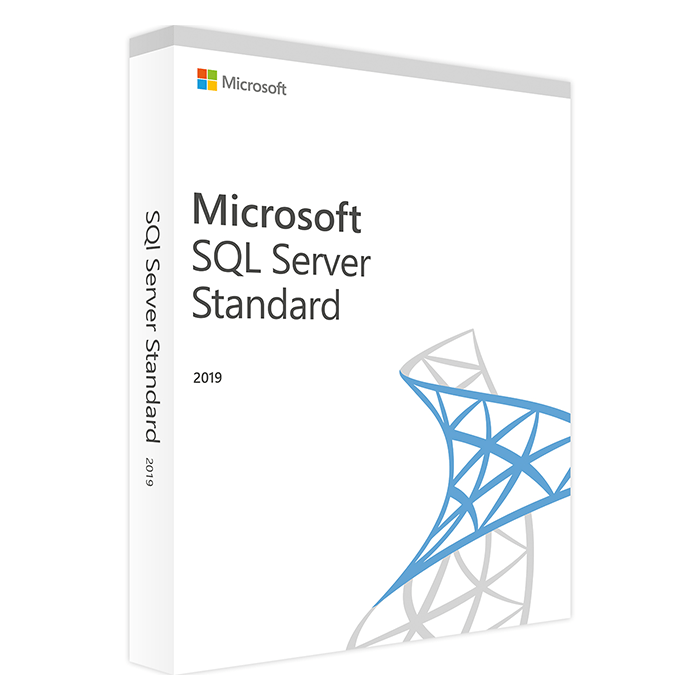SQL Server views serve as virtual tables that simplify complex queries, offering a streamlined approach to data access and management. Understanding their functionality and utilization can significantly enhance database management and query efficiency.
Understanding SQL Server Views
Definition and Purpose
Explore the concept of views as virtual tables created from SQL queries for simplified data access.
Advantages of Using Views
Understand the benefits, including query simplification, enhanced security, and abstraction of complex data structures.
Creating and Managing Views
View Creation Syntax
Learn how to create views using SQL syntax, specifying the underlying query to define the view.
Updating and Modifying Views
Understand how to modify existing views and manage their structure and underlying queries.
Types of Views
Simple and Complex Views
Differentiate between simple and complex views based on the underlying query complexity and view definition.
Indexed Views
Explore indexed views and their optimization capabilities for improved query performance.
Utilizing Views for Simplification
Query Abstraction
Use views to encapsulate complex joins, calculations, or aggregations, simplifying querying for end-users.
Security and Data Restriction
Implement views to restrict access to specific columns or rows for improved data security and control.
Optimizing Query Performance
Query Optimization with Views
Leverage views to optimize frequently used queries, reducing the need for complex joins in queries.
Indexed Views for Performance
Understand how indexed views improve query performance by precomputing and storing aggregated data.
Integration and Usage Scenarios
View Integration in Applications
Integrate views seamlessly within applications for simplified data access and manipulation.
Reporting and Analysis
Utilize views as a foundation for reporting and analysis, providing a simplified view of complex data structures.
SQL Server views offer a powerful toolset for simplifying complex queries, enhancing data accessibility, and optimizing query performance. Leveraging views allows database administrators and developers to abstract complex structures, enhance security, and improve query efficiency.
Recent posts

Introduction to SQL Server Triggers: Creating Automated Responses
Explore SQL Server triggers and learn how to create automated responses to database events for enhanced functionality.

SQL Server Tables: Creating, Modifying, and Deleting
Learn how to create, modify, and delete tables in SQL Server databases for effective data organization.

Understanding SQL Server Databases: Structure and Components
Explore the architecture and components of SQL Server databases for efficient data organization and management.





